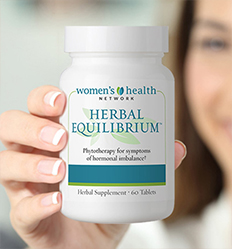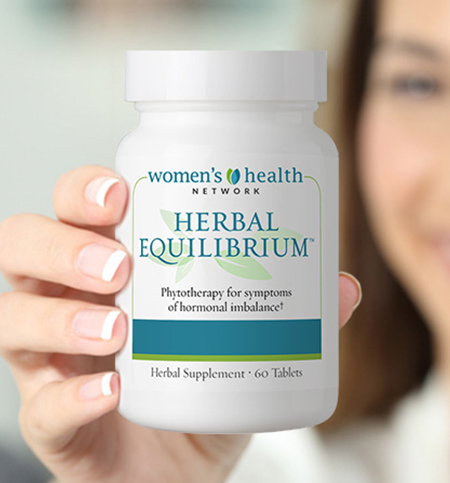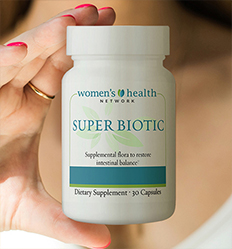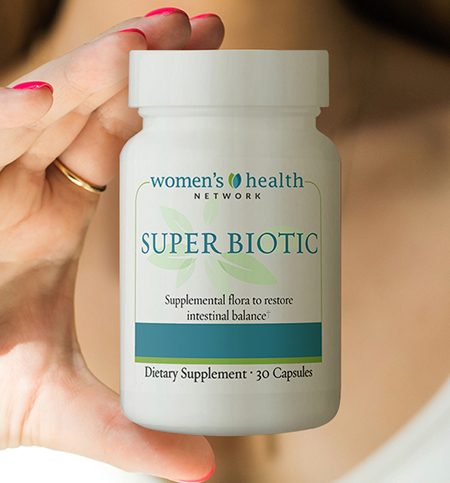Authored by Dr. Sharon Stills, NMD
Is it impossible to be happy in menopause? Sometimes it can seem that way. But I’ve been through it, and I’ve helped hundreds of patients through it too. It changes your life, to be sure – but believe me when I say, you can be happier than you’ve ever been. It’s simpler than you think.

Best dos and don’ts of happiness for any woman at midlife:
One thing to remember about happiness in midlife is to focus on the everyday things that you can control, alter or reprioritize.
1. Do this
- Get up and go outside. A brisk walk makes your body feel better but it also boosts your mood instantaneously. Just being in nature (backyard, park, mountain top, etc.) fills you with energy and makes you feel more vital.
- Make a date. See, talk or do something with a friend, sister or neighbor, especially when you feel like hibernating. Choose supportive people who aren’t negative or critical. This may push you to the edges of your comfort zone, but that’s often where happiness takes root.
- Compose a poem, knit a scarf. Use your brain as often as you can to complete a crossword, sew a quilt, bake a cake or write a song. Games and puzzles don’t make you smarter, but creating is absorbing and distracting and has powerful calming and clarifying effects similar to meditation.
2. Don’t do this
- Dwell in the house of negativity. Obsessing about things you cannot change traps you in a vicious cycle, increases stress and limits your ability to solve problems. If you’re prone to falling into circular thought patterns, try to catch yourself the next time you’re ruminating and redirect: take a walk, play a game on your phone or start knitting that scarf.
- Worry about the future. Taking precautions, planning for tomorrow and being prepared are fine but dreaming up every possible “worst-case scenario” can choke the happiness out of your life. You’ve already weathered plenty of storms and come through them just fine.
- Fixate on your face. Or your body, your weight, your shoe size or your appearance in general. This unpleasant urge increases anxiety and depression and links your happiness to the approval of others.
“It is only possible to live HAPPILY EVER AFTER on a day-to-day basis.”
— Margaret Wander Bannano, American sci-fi writer
3. Do eat this
- Foods with omega-3s, magnesium, B vitamins, chromium, Vitamin D and zinc. Look for foods with these mood-boosting nutrients. Choose salmon and sardines; almonds, spinach and edamame; chickpeas, tuna and avocado; broccoli, potatoes and turkey breast; chanterelle mushrooms and swordfish; roasted pumpkin seeds, pork loin and Swiss cheese.
- Fermented foods. Because probiotics are known to improve outlook and lessen anxiety, double down on foods that naturally contain friendly bacteria: kimchi, miso, sauerkraut and pickles.
- Dark chocolate! Polyphenols in ground cacao help you stay calmer and happier. Dark chocolate also helps your memory — a great benefit if you’re dealing with menopausal fuzzy thinking. Just don’t overdo it — it’s okay to enjoy between 1 ½ – 3 ounces a day.
4. Don’t eat this
- Soda of any kind. No soda is good soda. Sweet soft drinks give you a really short high followed by a mood-busting crash. Diet soda is linked to having more depression and many other health problems.
- Potato chips. These are loaded with omega-6s that block the benefits of their cheerier cousins, omega-3s. Find something else crunchy to eat with your sandwich: kale chips, roasted chickpeas, veggie fries or even the old standby, carrot and celery sticks.
- Shortening or margarine. Both of these fake butter replacements are high in omega-6s that can cancel out omega-3s’ good effects, and margarine messes with insulin levels too. Plus both options are usually hydrogenated and are low (or missing completely) in essential nutrients.
Take one, two or several of these ideas and try to turn them into patterns in your own life. If you start small, success will happen one day at a time, and that’s just the way that happiness grows.
https://totalwellnessmagazine.org/body/the-science-behind-happiness-and-exercise
Ryan, R., Weinstein, N. Bernsein J.,Brwon K., Mistretta L., Gagne M. Vitalizing effects of being outdoors and in nature. Journal of Environmental Psychology 30 (2010) 159–168.
https://selfdeterminationtheory.org/SDT/documents/2010_RyanWeinstenEtAl_JEVP.pdf Accessed 2.28.17.
Fleeson, William; Malanos, Adriane B.; Achille, Noelle M. Journal of Personality and Social Psychology, Vol 83(6), Dec 2002, 1409-1422.
https://psycnet.apa.org/index.cfm?fa=buy.optionToBuy&id=2002-08203-014. Accessed 2.28.17.
https://www.cnn.com/2014/03/25/health/brain-crafting-benefits/
https://www.psychologytoday.com/the-squeaky-wheel/201306/the-seven-hidden-dangers-brooding-and-ruminating
https://www.psychologytoday.com/the-power-prime/201304/what-me-worry-why-worrying-does-more-harm-good
https://www.latimes.com/socal/weekend/news/tn-wknd-et-0327-body-image-studies-20160327-story.html
https://www.health.harvard.edu/nutritional-psychiatry-your-brain-on-food-201511168626
The Health Benefits of Chocolate for Your Brain May Include Memory & Mood Improvement
https://www.clevelandclinicwellness.com/Promos/Pages/Chocolate.aspx
https://www.today.com/health/avoid-these-10-bad-mood-foods-1C7145342
https://www.prevention.com/mind-body/emotional-health/diet-soda-linked-increased-risk-depression
https://www.today.com/health/avoid-these-10-bad-mood-foods-1C7145342
https://www.today.com/health/avoid-these-10-bad-mood-foods-1C7145342













